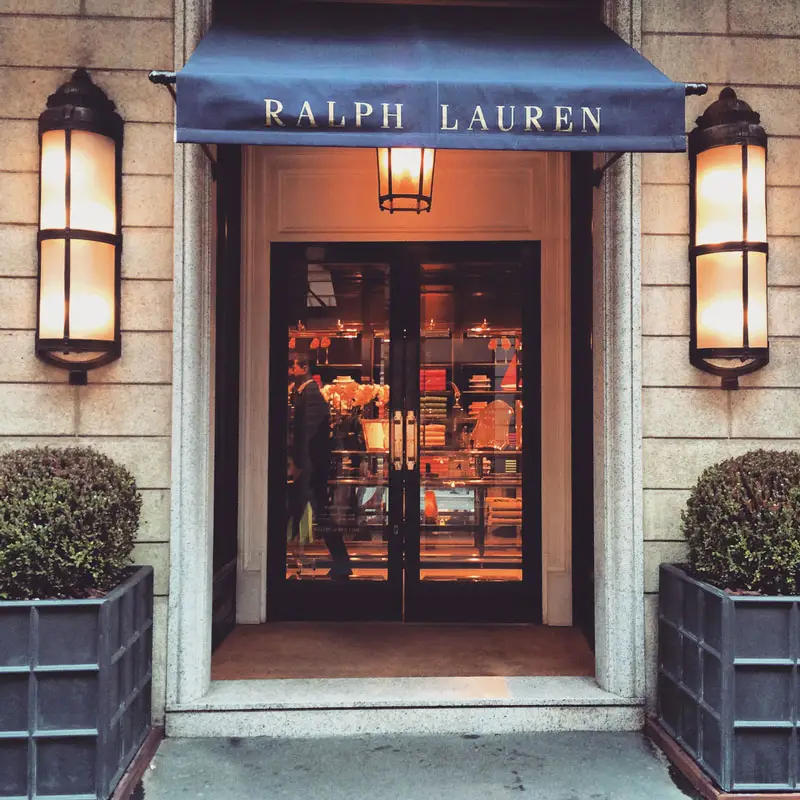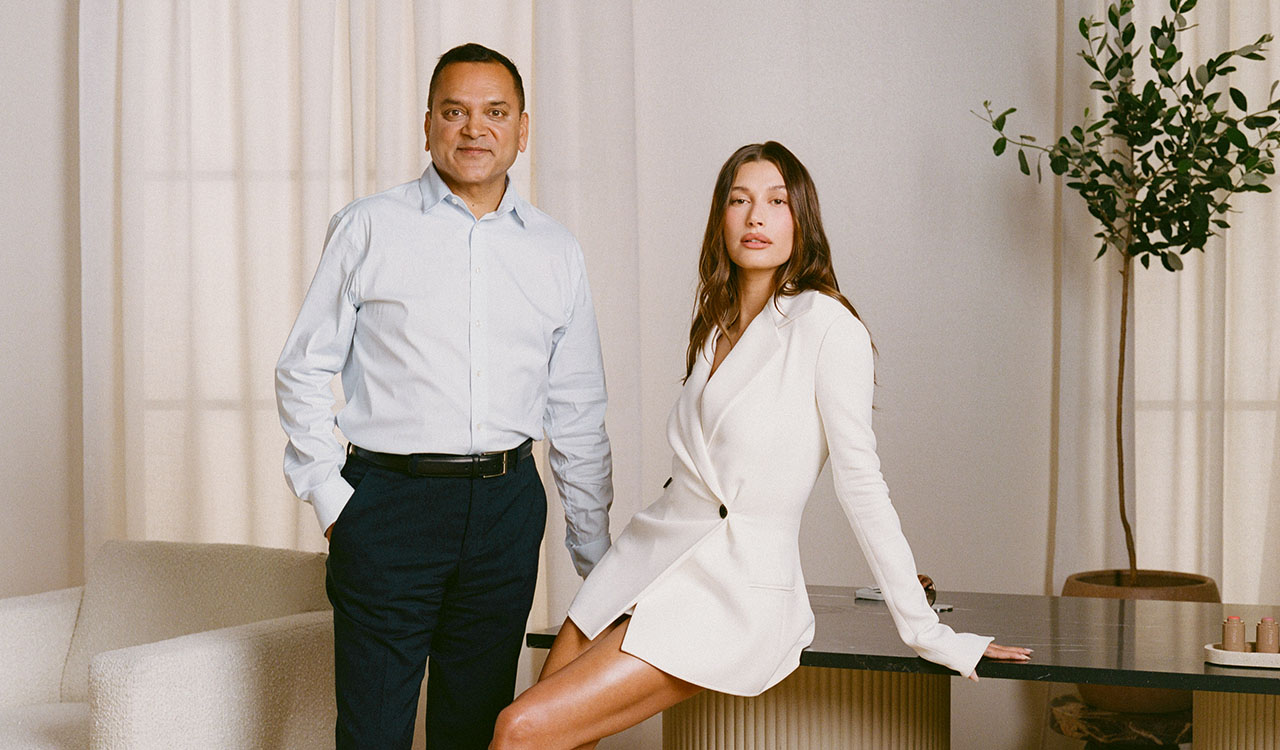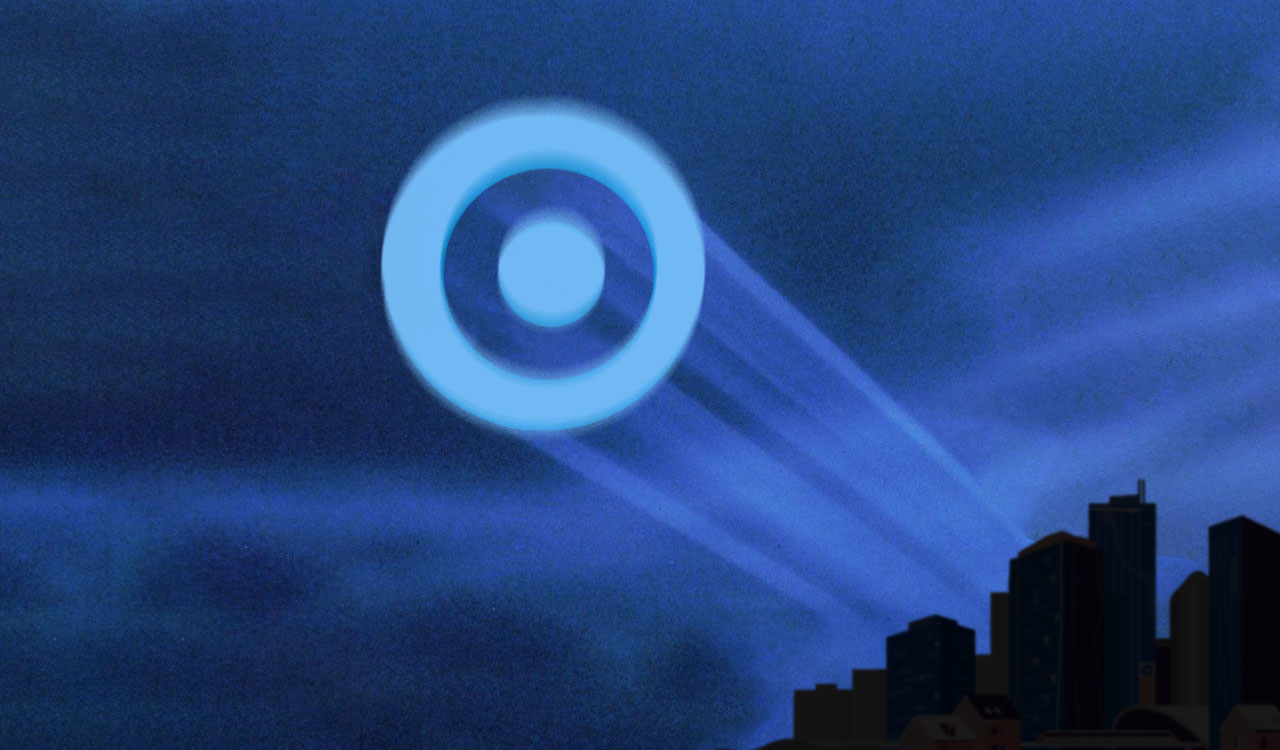Few fashion brands have been as enduring over the past five generations as Ralph Lauren. Now even Gen Alpha and Metaverse avatars are wearing RL. But it all hasn’t been perfect in RL paradise. This iconic brand, like so many others in these fickle it’s-in, it’s-out, and it’s-in again times, has had its share of highs and lows along the way. The recent news of Ralph Lauren returning to New York Fashion Week after a four-year absence reflects the brand’s ebb and flow.
There are unique factors that have, through the years, given Ralph Lauren an advantage that trendier fast fashion brands lack. Call it “style stability.”
Dressing Celebrities
One of the keys to RL’s six-decade endurance is an uncanny sense of when to slow and when to go. Ralph Lauren has had sports partnerships for years, not the least of which is outfitting the U.S. Olympic and Paralympic teams, the PGA, the U.S. Ryder Cup team, the on court ball boys and officials at the U.S Open, and the on court officials at Wimbledon. The UK championship has also been a quasi-international “green carpet” fashion event. This year saw many luminaries sporting RL attire, including “Wicked” actress Ariana Grande in Ralph Lauren Collection, Emma Corrin from “The Crown” suited up (literally) in Ralph Lauren, and “Downton Abbey” actress Lily James in Polo Ralph Lauren. Also, Tom Hiddleston, who is best known for his role in the “Avengers” and the Marvel “Thor” franchises, along with his wife Zawe, were both RL attired.
Dressing beautiful people in tastefully elegant RL attire is a tradition, but signs point to new brand mojo. Take G2 Esports, one of the leading global esports and entertainment brands, which has upped its game with Ralph Lauren. It introduced a “first-of-its-kind” luxury clothing line for the hotly competitive gaming industry.
While RL has been the “exclusive fashion outfitter” for the G2 team since 2021, they recently collaborated to create a capsule collection that includes a wide range of unisex, casual clothing including T-shirts, polo shirts, hoodies, tracksuits, and caps. Each piece features the newly designed G2xRalph Lauren crest– an aspirational royal moniker.
Both G2’s athletes and content creators wore the collection at the LEC Summer Playoffs in Berlin where G2’s League of Legends team competed. The event, ironically, coincided with the Wimbledon finals, making it crystal clear that the brand management team is keyed into next gen consumers as the new cohort of loyal and dependable customers.
The Man Is the Brand
As we all now know, Ralph Lauren was born Ralph Lifshitz in 1939 in the Bronx, New York, to Ashkenazi Jewish immigrants from Belarus. In his teens, he changed his last name to the more elegant-sounding Lauren. That move alone signaled an intuitive sense of branding that few people, let alone teenagers in the mid-1950s would possess. He recently told Vogue “I am the product; if you like my style, you will like my clothes.”
The article goes on to note that “It has never been, about fashion, Lauren has always been more interested in lifestyle.” This has undoubtedly added to the sum of his success over the years. And through those years Ralph Lauren has stretched that “lifestyle” reference beyond its fashion limits.
Brand Elasticity
Popular brands often experiment with brand elasticity and RL has pushed those limits further than most. Case in point: In 1995 Ralph Lauren introduced a lifestyle-oriented line of paint (made by PPG) that had about one-third the number of colors of an average paint line and was priced about two to three times higher than comparable paints on the market. RL’s timing was perfect. The product introduction slipstreamed the 1994 launch of HG-TV which heralded a major DIY home improvement craze.
Not surprisingly, paint-industry insiders thought the idea of a fashion icon selling paint was heresy and that the market would reject the notion out of hand. What they failed to understand was that Ralph Lauren was not selling paint. RL was selling color, with on-brand names like Whitewash, Island Brights, Vintage Masters, Thoroughbred, and Urban Lofts. RL’s evocative lifestyle imagery that the palettes were derived from became the delivery system to experience a taste of the RL fantasy at home.
Every RL licensing deal is created to inspire the customer’s sense of belonging to the high-value RL brand and lifestyle, which has been carefully and expertly crafted, curated and managed over the years. As a side note, not surprisingly, five years later Martha Stewart followed suit with her own bespoke paint line.
Keeping the Brand Relevant
Ralph Lauren had its heyday in the 90s, with steady business throughout the 2000s, but things took a dramatic turn in mid-2010. In 2016, a new CEO, Stefan Larsson, attempted to revitalize the RL brand, but was out the door a year later, replaced by Patrice Louvet, the current CEO.
By 2017 RL was facing a problem that was becoming endemic in the industry. Like Nike, and so many other iconic brands, department store discounting was undermining the brand’s caché. Macy’s in particular, one of RL’s largest wholesale accounts was becoming known for its constant promotions and clearance sales. RL made the tough but wise decision not to ride Macy’s race to the bottom and bailed.
Nonessential Pause
The brand was on a comeback when the pandemic hit, forcing severe cost-cutting including closing stores and trimming its North American office space by 30 percent. In February 2021, Retail Dive noted that “North American comparable sales at Ralph Lauren’s brick-and-mortar stores were down 30 percent. A 9 percent spike in digital sales helped offset some, but not all, of that decline.”
In the same article, GlobalData’s Neil Saunders noted that RL’s North American digital sales were showing a “lamentable rate of growth relative to the market” but that there was “some evidence” that they were succeeding at bringing younger shoppers into the brand’s fold.
Around the same time, Telsey Advisories remarked that optimization of the RL brand portfolio and a leaner cost structure had improved their position in a post-pandemic retail environment.
By Q2 of 2021, CEO Patrice Louvet said that the trend has changed for the brand. Ralph Lauren’s strong recovery in the quarter, with revenue up 182 percent to $1.4 billion from the previous quarter, was driven by growth in North America, where revenue was up more than 300 percent from the previous year, outstripping any other region.
New Dimensions
In 2021, analysts at Morgan Stanley predicted metaverse sales for luxury brands could exceed $50 billion by 2030. That could lift revenue by more than 10 percent, and industry earnings before interest and tax by 25 percent. This was evidenced by the fact that in social gaming, one in five Roblox gamers change their avatars daily.
By early 2022 RL was all in on mining the metaverse and making money doing it. Witness their 2022 introduction of a limited collection for Roblox and Zepeto avatar customers, to dressing emojis and becoming the quintessential preppy fashion brand in the digital marketplace.
Pushing Pricing Elasticity
On July 18th, 2023 Bloomberg reported that Ralph Lauren plans to keep lifting the average price of its products, a sign the U.S. apparel company is doubling down on the caché of its brands and to sell higher-priced items such as home goods. And in a recent interview with Bloomberg TV RL’s CEO Patrice Louvet said “I don’t think there’s a limit as long as we do a good job on elevating the product, elevating the storytelling, elevating the environment.”
Ralph Lauren says it has raised the average price of its products by around 80 percent since 2018, while its gross margin has also increased versus pre-pandemic. And while RL’s gross margins in the recent quarter were 62 percent they still trail Capri Holdings and Coach parent Tapestry. Yet there are industry banking experts that believe RL’s gross margin headwinds are subsiding as commodity and freight pricing ease in coming quarters.
Style Stability: Advantage RL
Through the years here are unique factors that have given Ralph Lauren an advantage that trendier fast fashion brands lack. Call it “style stability.” Fast fashion lives and dies on big hits and its warp-speed minting of the newest of the new. The sequel to all this styling on steroids is purging goods that are “so yesterday” still overflowing in backroom boxes. This leads to a severe margin migraine for the fast fashion ecosystem.
Not so, RL. Because so many of Lauren’s styles are staples, the company can pack up unsold high-end basics and re-introduce them the following year. Ralph Lauren also has a long history of carrying a lot of cash on their balance sheet. Often it has more cash than it has long-term debt. In fact, as of the fiscal fourth quarter of 2023, the company had a little over $1.5 billion in cash and just $1.1 billion in long-term debt.
The Ralph Lauren Corporation today is worth more than $7.4 billion and is embarking on major international growth, including India, where it currently has four stores and China, which now represents around 6 percent of revenue. And while its 83-year-old founder stepped down as CEO in 2015, he remains executive chairman and chief creative officer. Ralph continues presiding over all the lines, the over 1,200 stores, concessions, restaurants, and every other brand extension. He is the brand in any culture. Suffice it to say, his immigrant parents would be enormously proud.




